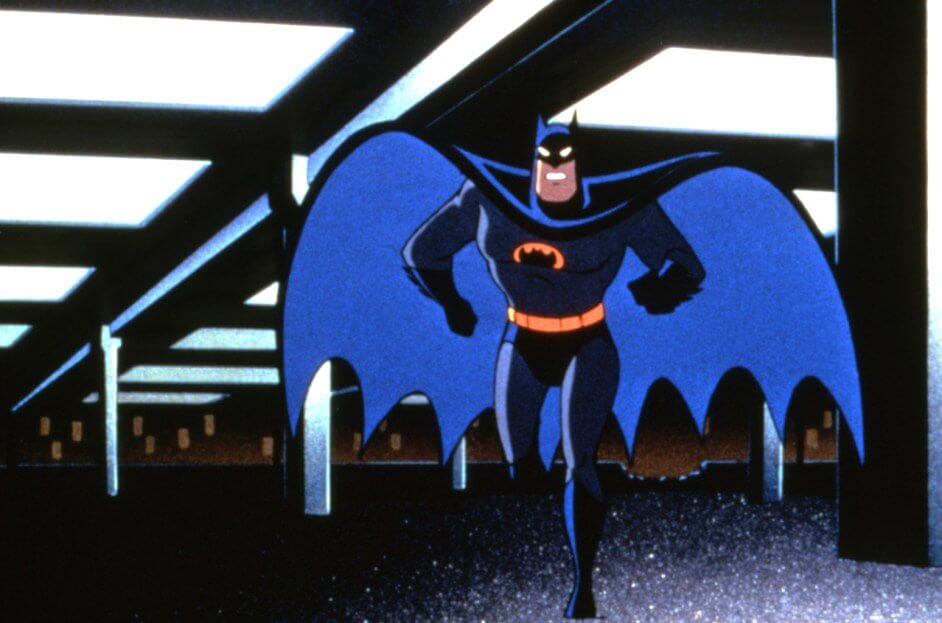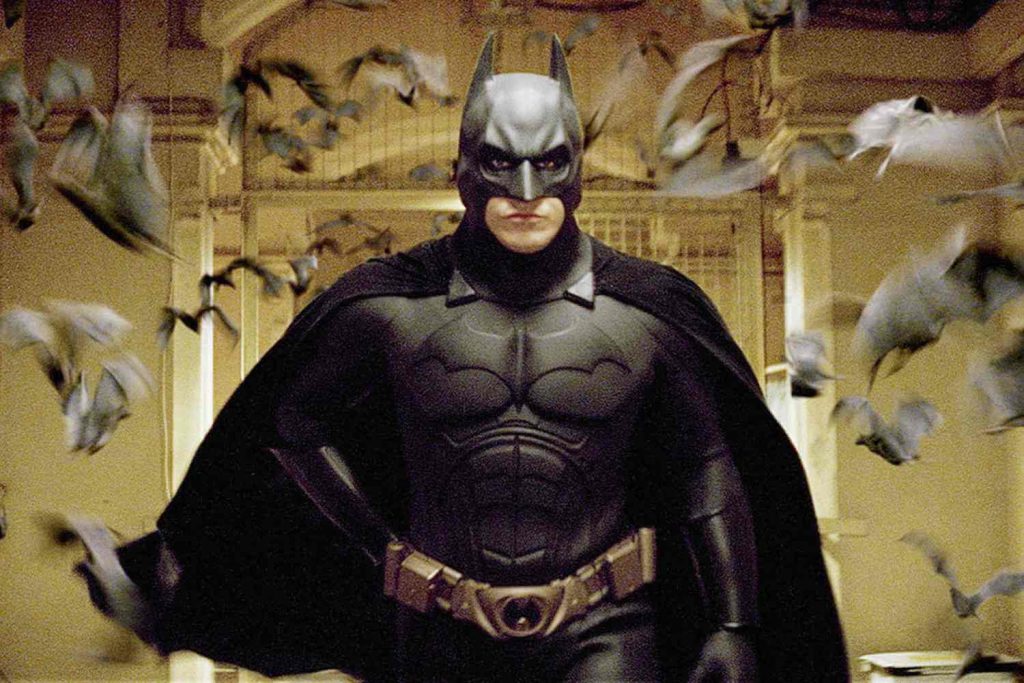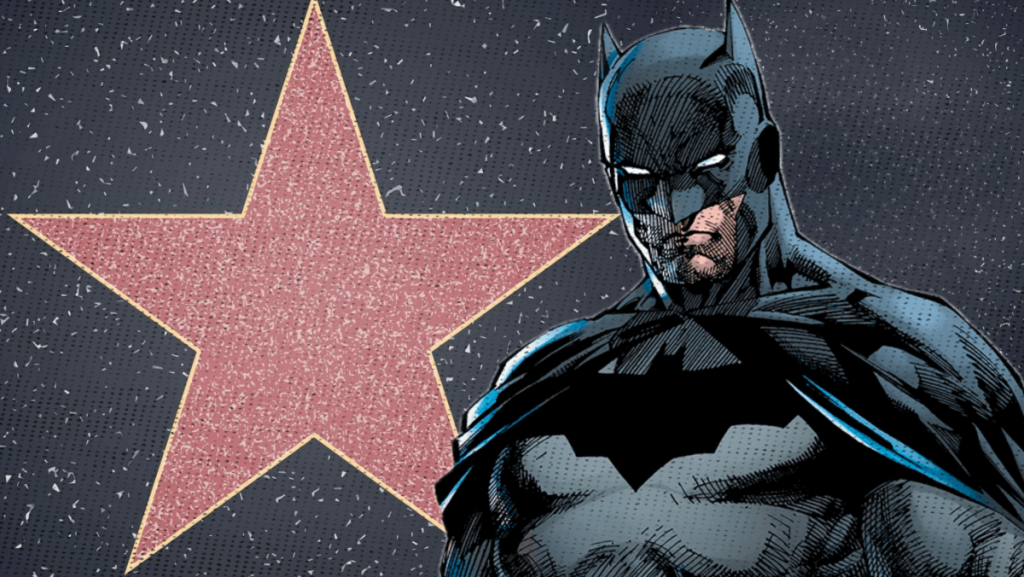World News
Iconic Fictional Characters Immortalized on the Hollywood Walk of Fame
1. The Hollywood Walk of Fame: A Prestigious Honor for Fictional Characters
The Hollywood Walk of Fame is one of the most recognizable landmarks in the entertainment world, honoring individuals who have made significant contributions to the entertainment industry. Established in 1960, the Walk of Fame celebrates the achievements of actors, directors, musicians, and other entertainment figures. However, over the years, the stars on the Walk of Fame have not been limited to real-life personalities. A select group of fictional characters, who have left an indelible mark on pop culture, have also been bestowed with this honor.

Fictional characters often play a significant role in shaping the imagination of audiences. Their presence in movies, TV shows, and animated series has given rise to cultural icons that resonate beyond the screen. The decision to award these characters a star on the Hollywood Walk of Fame reflects their immense popularity, impact, and lasting legacy in entertainment. In this article, we will explore some of the most iconic fictional characters that have earned this prestigious honor, solidifying their place not just in the hearts of fans but also in Hollywood history.
2. Mickey Mouse: The First Fictional Character to Receive a Star
When it comes to iconic fictional characters, Mickey Mouse undoubtedly leads the way. Created by Walt Disney and first appearing in the 1928 animated short Steamboat Willie, Mickey Mouse quickly became a beloved figure around the world. His cheerful personality, timeless charm, and enduring appeal have made him the face of the Disney empire. It was only fitting that Mickey Mouse was the first fictional character to be honored with a star on the Hollywood Walk of Fame in 1978, in celebration of his 50th anniversary.
Mickey Mouse’s star set a precedent for other animated characters and established a new category within the Walk of Fame, recognizing fictional creations that have become integral to the entertainment landscape. Mickey’s influence stretches beyond his animated appearances—he is a cultural symbol of imagination, creativity, and joy. His star on the Walk of Fame serves as a reminder of the immense impact that animated characters can have, not just as entertainment figures but as cultural icons that define generations.
3. Bugs Bunny: A Legendary Rival of Mickey Mouse
Following in Mickey Mouse’s footsteps, another animated legend, Bugs Bunny, received his star on the Hollywood Walk of Fame in 1985. Created by Tex Avery and first appearing in 1940’s A Wild Hare, Bugs Bunny quickly became Warner Bros.’ flagship character. His wit, mischievous personality, and catchphrase “What’s up, Doc?” made him a fan favorite, and he remains one of the most recognizable cartoon characters in the world.

Bugs Bunny’s star on the Walk of Fame solidified his place as a central figure in animation history. Alongside Mickey Mouse, Bugs represented the golden age of animation and became a symbol of the rivalry between Disney and Warner Bros. His antics in Looney Tunes and Merrie Melodies cartoons left a lasting legacy that transcended generations. By receiving a star, Bugs Bunny’s contributions to the world of entertainment were formally acknowledged, highlighting the importance of animated characters in shaping Hollywood’s cultural narrative.
4. The Power of Television: The Simpsons and SpongeBob SquarePants
While Mickey Mouse and Bugs Bunny laid the foundation for animated characters on the Walk of Fame, other fictional creations from television also earned their place among Hollywood’s stars. The Simpsons, led by the iconic Homer Simpson, became the first animated family to receive a star on the Walk of Fame in 2000. Since its debut in 1989, The Simpsons has become the longest-running primetime scripted show in American television history, cementing its influence on pop culture.
Homer’s star symbolizes the impact that The Simpsons has had, not only on television but also on society. The show’s satirical take on family life, politics, and pop culture has earned it critical acclaim, and its characters are recognized worldwide. Similarly, SpongeBob SquarePants, the optimistic sea sponge from Nickelodeon’s SpongeBob SquarePants, was honored with his own star in 2019. Since its debut in 1999, SpongeBob SquarePants has become a global phenomenon, appealing to both children and adults with its quirky humor and heartwarming messages.
These characters, through their television shows, have built strong fan bases and generated cultural discussions that extend beyond the screen. The inclusion of Homer Simpson and SpongeBob on the Walk of Fame demonstrates how television characters can become as influential and beloved as their film counterparts, marking an important shift in how fictional characters are recognized within Hollywood.
5. Other Beloved Fictional Characters with Stars
The tradition of honoring fictional characters on the Hollywood Walk of Fame extends beyond animated figures. Characters from live-action franchises and mascots from beloved brands have also found their place among the stars. One of the most notable characters to receive this honor is Star Wars icon Darth Vader, who was awarded a star in 2010. As one of the most famous villains in cinematic history, Darth Vader’s impact on the Star Wars franchise and pop culture is immeasurable. His star represents the far-reaching influence of characters from sci-fi and fantasy films.
In addition to Darth Vader, other mascots like Kermit the Frog from The Muppets and Godzilla, the legendary Japanese monster, have also received stars. Kermit’s star, awarded in 2002, celebrates his role as a beloved puppet character who brought joy to audiences worldwide, while Godzilla’s star, awarded in 2004, honors his status as one of the most iconic monsters in film history. Both characters have transcended their original mediums to become symbols of creativity and storytelling.
These characters, from Darth Vader to Kermit the Frog and Godzilla, reflect the diversity of entertainment and how different genres and styles have left their mark on Hollywood. Their stars on the Walk of Fame remind us that fictional characters, regardless of their origins, have the power to shape the cultural landscape in ways that resonate for generations to come.
In conclusion, the Hollywood Walk of Fame’s inclusion of fictional characters acknowledges the significant impact these creations have on audiences around the world. From the animated legends like Mickey Mouse and Bugs Bunny to television icons like Homer Simpson and SpongeBob SquarePants, and even to cinematic legends like Darth Vader, these characters are honored not just for their entertainment value but for their cultural significance. Their stars serve as a testament to the power of storytelling and the ability of fictional characters to become eternal symbols of imagination and creativity.
From dragontrendtees


